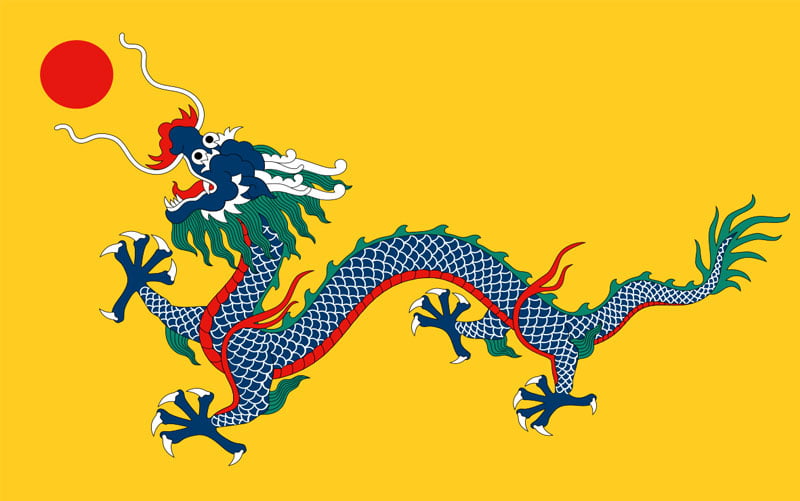Quick, think about the world’s greatest art hubs. You may think about New York and Paris. But China accounted for 36% of auctions on the art market in 2020.
One type of art that is becoming popular is Qing dynasty art. Yet many Americans aren’t familiar with it, or they confuse it with other types of art. If you want to scratch the surface of Chinese art, you need to study Qing dynasty art history.
Who were the Qing? What were Qing dynasty art and culture like? What kinds of art can you buy today?
Answer these questions and you can build your collection of Chinese art in no time. Here are four great facts about Qing dynasty art.
1. The Qing Were China’s Last Dynasty
The Qing dynasty started in Manchuria in 1636. The Qing quickly conquered all of China, smoothing things over by adopting traditional Chinese practices. The Qing rulers enlisted Chinese scholars from previous regimes and promoted Confucianism.
As time went on, the Qing started to lose control over China. China lost the Opium Wars to the United Kingdom and France, and they were forced to give ports to Europe. European incursion continued into the 20th century, forcing the emperor to abdicate in 1912.
2. There Were Three Schools of Artists
The imperial court employed teams of courtiers and professional painters. They were the leaders of Qing dynasty art and architecture. They followed emperors on their tours and made official portraits of them as they visited different locations.
However, they competed with two other groups. The traditionalists created paintings that were modern interpretations of old works. The individualists made political works that challenged the dynasty and depicted beautiful landscapes.
3. Buddhism Was Critical to Qing Dynasty Art
Most works of art in the Qing dynasty reflected Buddhist beliefs. During the 18th century, the government invested in religious projects, building temples throughout China. Artisans created ritual vessels to store images of deities and relics as well.
4. You Can Find Fake Qing Decorative Arts
Decorative art for the Qing dynasty includes jewelry, lacquerware, and jade carvings. Some people try to sell fake vases and art pieces, saying that they are from the Qing period. You can use Chinese pottery marks to tell if they are real or not.
Reign marks describe the name of the emperor who was alive when the porcelain was made. Look for a reign mark and ask someone fluent in Chinese to translate it. If you don’t have a reign mark, your work may not be genuine.
Get the Facts About the Qing Dynasty
Qing dynasty art is more than meets the eye. The Qing dynasty was China’s last imperial dynasty, but it produced more than 200 years of incredible artworks.
The dynasty was conservative, yet artists were versatile. Some artists produced historical and political works, capturing the efforts of the dynastic rulers. Others made incredible landscapes of China’s countryside.
You can also enjoy Buddhist sculptures and decorative art. Make sure you study your pieces carefully, as they may be expensive fakes.
Chinese art stretches back millennia. Read more guides to Chinese art by following our coverage.





